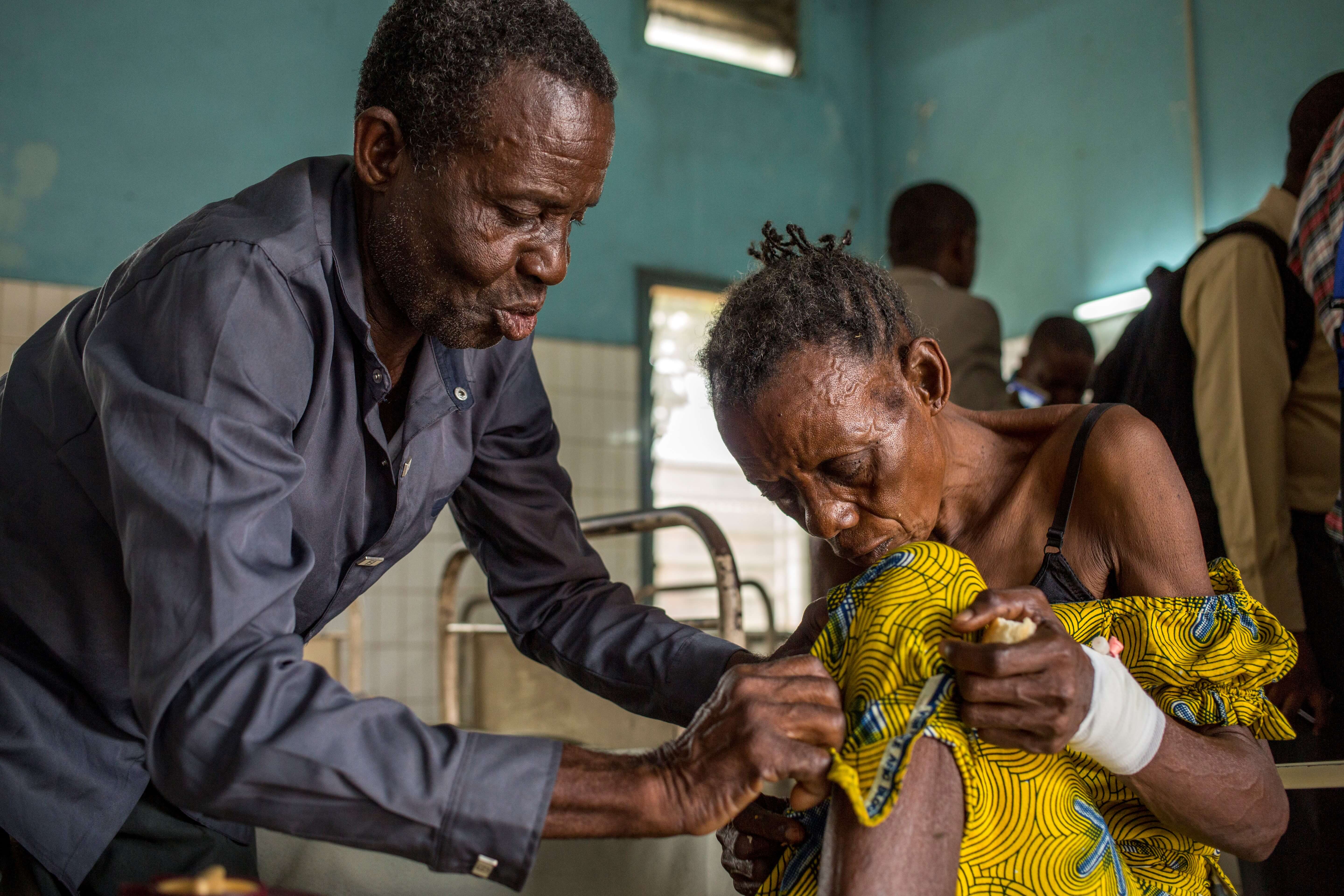Senator Hillary Clinton famously wrote that “it takes a village.” Meanwhile, President Donald Trump has increasingly called for other nations to pay “their fair share” in global affairs. While these statements may be rooted in differing worldviews, at their heart they share a common truth: It does take the contributions of many to tackle the world’s greatest challenges—including ending diseases that affect the world’s poorest people like HIV and AIDS, tuberculosis, and malaria.
The US government has long played an indispensable role in driving global health progress as the world’s leading funder of research and development (R&D) for new vaccines, treatments, and other tools to fight neglected diseases. It is a blue ribbon honor America should wear proudly. It is a show of both our scientific might and our compassionate hearts; it is making a difference—US support has helped advance 42 new lifesaving global health products approved since 2000, including child-friendly malaria medicines and a vaccine to eliminate meningitis A—and it’s greatly needed. Because neglected diseases strike the world’s poorest places, there is little commercial incentive to develop urgently-needed vaccines or medicines, making government R&D investment vital to drive progress.
Yet, new research shows that other countries are increasingly stepping up to the plate to fund neglected disease R&D, narrowing the United States’ significant global lead, and that is news that should be welcomed by all Americans, no matter on which side of the political aisle you sit.
According to the latest G-FINDER survey by Policy Cures Research, which tracks annual global investment in R&D for neglected diseases, global funding in 2017 reached the highest level ever recorded by the survey—US$3.56 billion, up 7 percent from the previous year and the highest year-over-year percentage increase documented in ten years. Importantly, while the US government did increase its investment by $23 million, countries other than the United States were the primary drivers of this overall global funding growth. Several larger government funders, including the United Kingdom, the European Commission, India, and Germany significantly increased their funding, while smaller donors like South Africa, Brazil, and Japan also increased investment—leading to the most diversified funding pool for neglected disease R&D ever recorded by the G-FINDER.
Rarely do Americans like to cede part of our lead in any arena, but in this case, we should feel pride and encouragement that the gap is beginning to narrow between the United States and other funders. The US government’s historical leadership in neglected disease R&D has both built a foundation and set a bar. Now, other nations are striving to follow our lead and meet our example. Millions of people worldwide, including Americans, will benefit.
 A patients with sleeping sickness in the DRC. Photo: PATH/Georgina Goodwin
We are already seeing the incredible gains from past investment in neglected disease R&D. Last year alone we saw the emergence of game-changing new tools like fexinidazole, the first all-oral treatment for sleeping sickness; tafenoquine, the first new treatment for plasmodium vivax malaria in 60 years; and moxidectin, the first new treatment for river blindness in 20 years.
A patients with sleeping sickness in the DRC. Photo: PATH/Georgina Goodwin
We are already seeing the incredible gains from past investment in neglected disease R&D. Last year alone we saw the emergence of game-changing new tools like fexinidazole, the first all-oral treatment for sleeping sickness; tafenoquine, the first new treatment for plasmodium vivax malaria in 60 years; and moxidectin, the first new treatment for river blindness in 20 years.
However, despite the tremendous progress in global health achieved through innovation, there is still a long way to go. We still don’t have the tools we need to combat many diseases that continue to impoverish communities and threaten health security. New next-generation vector control products, new vaccines and treatments, and improved point-of-care diagnostics are urgently needed.
While this year’s global funding increase is cause for celebration and will bring us closer to meeting the world’s R&D health challenges, as a global community we are still falling short of the funding levels needed to deliver health for all and quell emerging epidemic threats. Not a single country in 2017, including the United States, met the World Health Organization recommendation that member states dedicate at least .01 percent of their Gross Domestic Product to research into the health needs of developing countries.
Continuing the current positive funding trajectory and ultimately closing the resource gap for neglected disease R&D will take both sustained funding from the US government and increased investment from other nations and stakeholders. The United States can help deliver a safer, healthier world for all. We can’t do it alone, but we can continue to lead the way.

